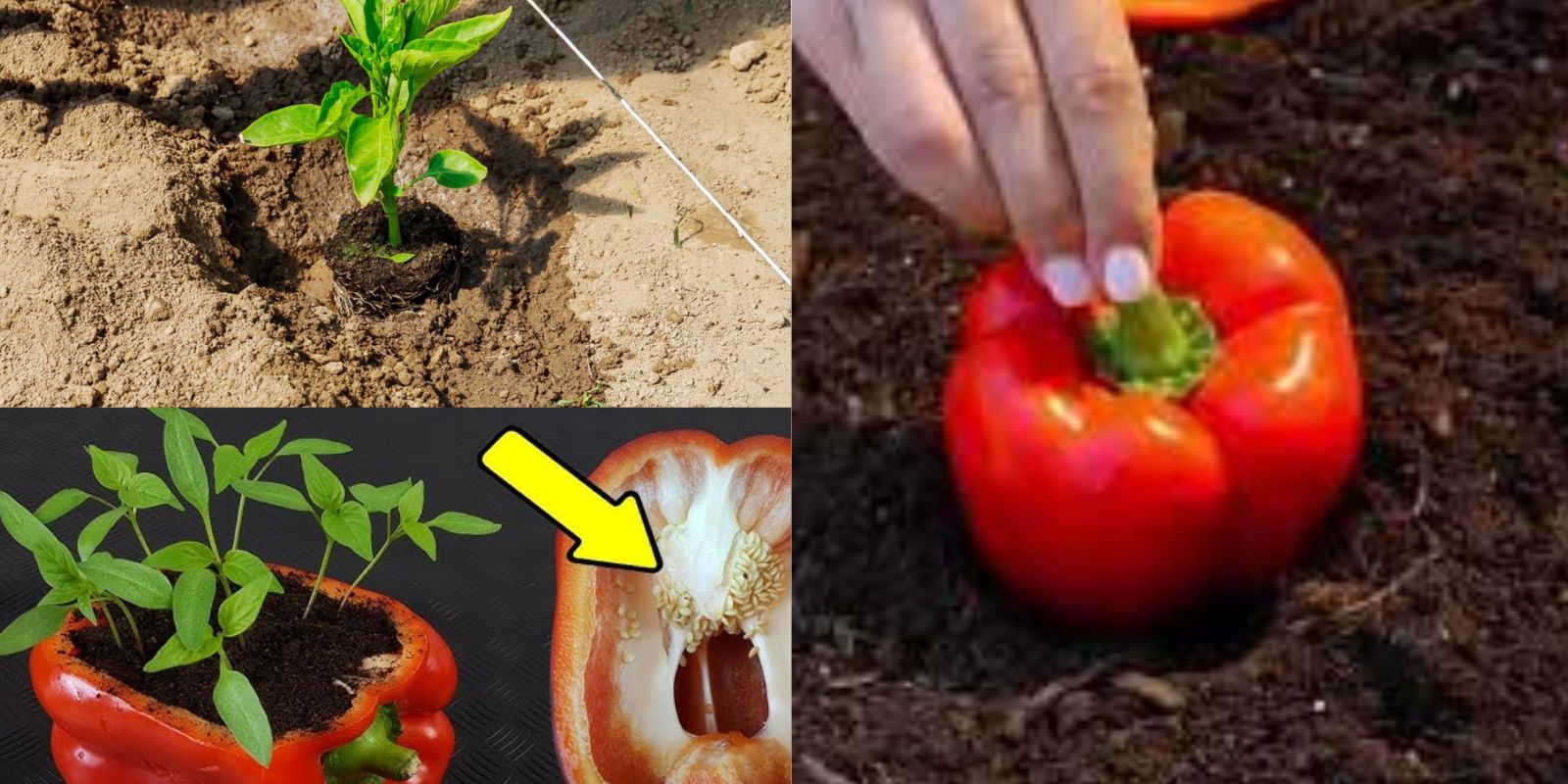Growing your own peppers at home is not just a rewarding hobby but also a fantastic way to enhance your culinary experiences. Whether you prefer sweet bell peppers, fiery jalapeños, or unique heirloom varieties, cultivating peppers can be an enriching endeavor. This guide will walk you through the process of growing peppers, providing essential tips, tricks, and insights to ensure a plentiful harvest.
Understanding Peppers: Varieties and Their Benefits
Before you dive into the growing process, it’s crucial to understand the various types of peppers available. Peppers belong to the Capsicum genus and can be classified into two main categories: sweet and hot.
Sweet Peppers
- Bell Peppers: These are the most common sweet peppers and come in various colors, including green, red, yellow, and orange. They are rich in vitamins A and C.
- Pimento Peppers: Known for their mild flavor, pimentos are often used in salads and as stuffing for olives.
- Cubanelle Peppers: These are sweet, thin-walled peppers, perfect for frying or grilling.
Hot Peppers
- Jalapeños: One of the most popular hot peppers, jalapeños add a medium heat level to dishes.
- Habaneros: These small peppers pack a punch, with a sweet yet fiery flavor profile.
- Cayenne Peppers: Known for their bright red color, cayenne peppers are often dried and ground into a spice.
Choosing the right variety for your garden depends on your taste preferences, culinary needs, and climate. Understanding the characteristics of each type will help you make an informed decision.
Step-by-Step Guide to Growing Peppers at Home
1. Planning Your Pepper Garden
Choosing the Right Location
Peppers thrive in warm, sunny environments. Select a spot in your garden that receives at least 6-8 hours of direct sunlight daily. Ensure the location has well-draining soil to prevent root rot.
Timing
Peppers are sensitive to frost. To determine the best planting time, check your local frost dates. Start seeds indoors about 8-10 weeks before the last expected frost date.
2. Preparing the Soil
Soil Requirements
Peppers prefer well-draining soil rich in organic matter. Aim for a soil pH between 6.0 and 6.8. You can improve your soil by adding compost or well-rotted manure, which provides essential nutrients.
Soil Testing
Conduct a soil test to determine pH levels and nutrient content. Many local agricultural extension offices offer testing services.
3. Starting Seeds Indoors
Seed Selection
Purchase high-quality seeds from a reputable source. Consider trying different varieties to diversify your harvest.
Planting Seeds
Fill seed trays or small pots with seed-starting mix. Plant seeds about ¼ inch deep and water gently. Cover the trays with plastic wrap or a humidity dome to retain moisture until germination.
Providing Warmth and Light
Place the seed trays in a warm location (70-85°F) to encourage germination. Once seedlings emerge, provide them with plenty of light, either from natural sunlight or grow lights.
4. Transplanting Seedlings
Hardening Off
Before transplanting outdoors, harden off your seedlings to acclimatize them to outdoor conditions. Gradually expose them to sunlight and outdoor temperatures over a week.
Transplanting Outdoors
After the last frost, transplant seedlings into your garden or containers. Space them 18-24 inches apart to allow for growth.
5. Caring for Your Pepper Plants
Watering
Peppers require consistent moisture, especially during flowering and fruiting. Water them deeply but allow the top inch of soil to dry out between waterings to prevent overwatering.
Fertilization
Use a balanced fertilizer or organic options like compost tea or fish emulsion every 4-6 weeks. Be cautious not to over-fertilize, as it can lead to excessive leaf growth with fewer fruits.
Mulching
Apply a layer of mulch around the plants to retain moisture, suppress weeds, and regulate soil temperature.
6. Pest and Disease Management
Common Pests
Monitor your plants for pests such as aphids, spider mites, and whiteflies. You can use insecticidal soap or neem oil as natural remedies.
Disease Prevention
Prevent diseases by practicing crop rotation and avoiding overhead watering. Fungal infections can be reduced by ensuring good air circulation around the plants.
7. Harvesting Your Peppers
When to Harvest
Peppers can be harvested at different stages, depending on the variety. Bell peppers can be picked when green or left to ripen to red, yellow, or orange. Hot peppers can be harvested when they reach their full size and color.
Harvesting Techniques
Use a sharp pair of scissors or pruning shears to cut the peppers from the plant, avoiding damage to the stems.
8. Storing and Preserving Peppers
Fresh Storage
Store fresh peppers in the refrigerator for up to a week. Keep them in a breathable bag to prevent moisture buildup.
Preservation Methods
Consider preserving your peppers by freezing, pickling, or drying them. This allows you to enjoy your harvest long after the growing season has ended.
Conclusion
Growing peppers at home is an enjoyable and rewarding experience that can elevate your cooking and provide a sense of accomplishment. By following this comprehensive guide, you can unlock the secret to a bountiful pepper harvest. With the right variety, care, and attention, you’ll be on your way to enjoying fresh peppers straight from your garden.
🌶️ Get started today and share your gardening journey with #PepperPower #HomeGardening #GrowYourOwnFood #HarvestJoy! Happy gardening!

